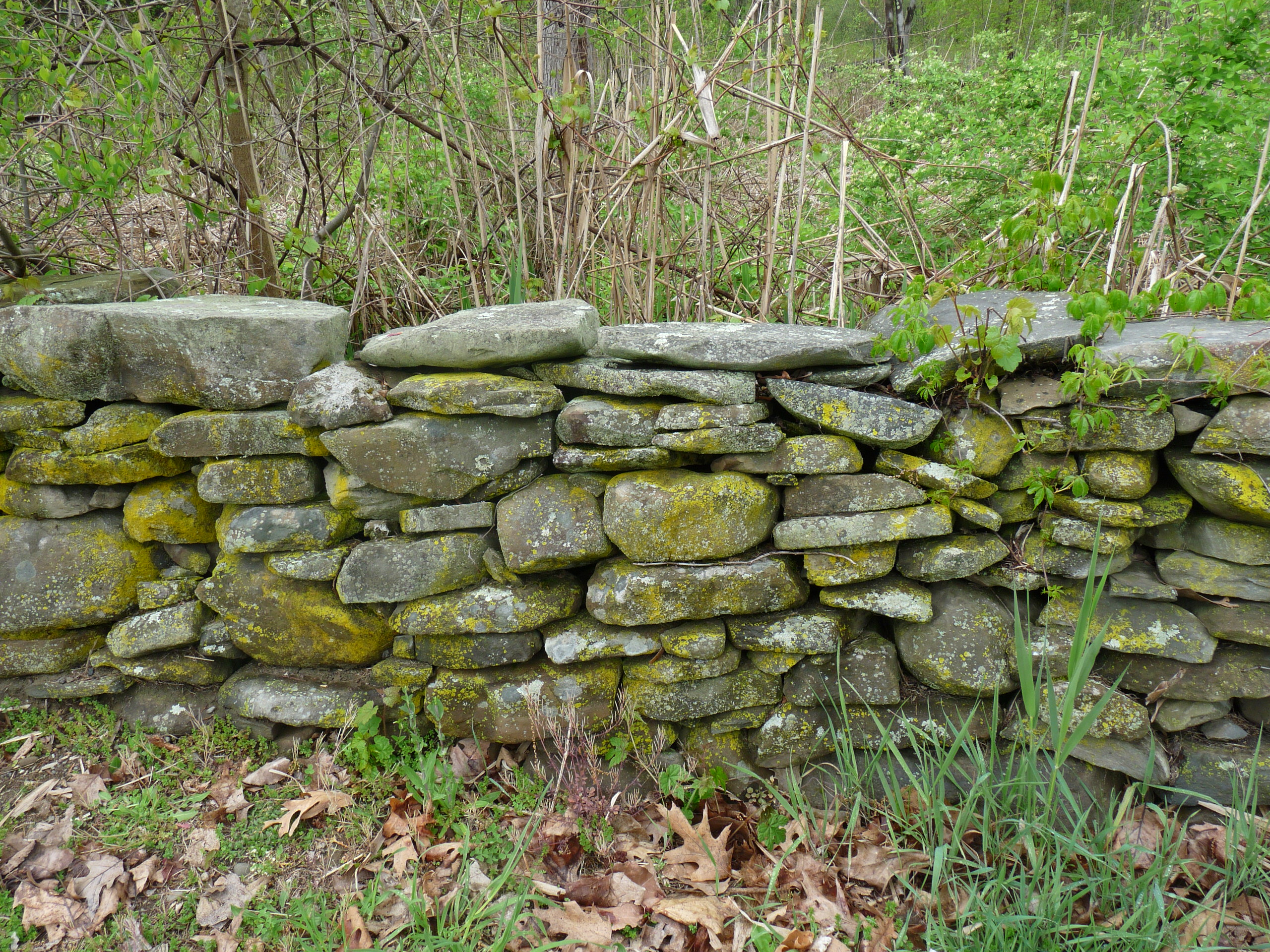I think one of the most misunderstood aspects of archaeology is that artifacts are more important than features in telling us about the past. When most people think about archaeology and excavations the first thing that comes to mind after gold, curses, and Indiana Jones of course, are artifacts: chipped ceramics, arrowheads, statues, bones and mummies. They often forget about features such as stone walls, buildings, hearths, storage pits, and roads.
I think one of the main reasons people seem to care more about artifacts and ecofacts than features is because they can relate to them more easily. For example people are often more excited about finding ancient tools than an old road because they can physically hold a stone tool in their hand and compare it to more modern tools that they use daily, whereas most of the general public doesn’t think twice about the development of roads over time. Another example is the excavation of bones, either human or animal. I think people feel a strange connection to bones because we have a fascination with death. All cultures have certain burial practices and beliefs regarding death but for some reason most people would be more shocked and excited to discover bones on their property (ecofacts) rather than a stone wall (feature) surrounding a cemetery.

While artifacts and ecofacts are extremely useful in teaching us about past activities and environments, features are just as helpful in finding out about past cultures. They help us understand the spatial distribution and organization of human activities and can reveal information about construction methods and the resources available during a certain time period (Ashmore 149).
Confederate Civil War Fort Excavation: Fort Pocahontas on Jamestown Island in Virginia
The video above shows the excavation of a bombproof shelter that was a feature of Fort Pocahontas on Jamestown Island during the Civil War. I think it’s really interesting for a number of reasons. First of all the bombproof shelter was a part of Fort Pocahontas that was constructed in 1861, the southern half of which was built directly on the remains of James Fort which was originally constructed in 1607.
One really confusing aspect of archaeology to explain is stratigraphy and I think this video does a good job of showing different layers of strata in the excavation of the bombproof shelter. When we looked at the sratigraphy diagram in class on Tuesday we all had a difficult time determining which layers contained features and which were simply strata. I think the archeologist in this video does a good job at showing the coloration of the different strata being excavated and touching on the often misunderstood concept that the top layer always contains the most recent features or artifacts.
